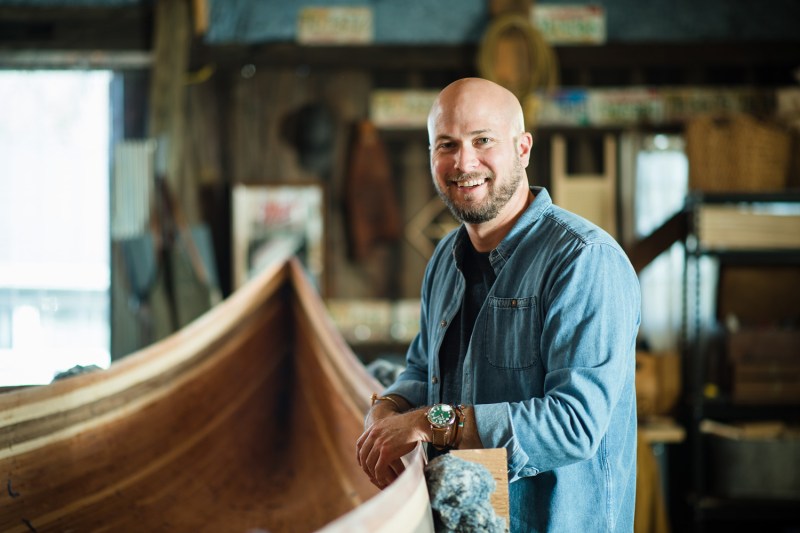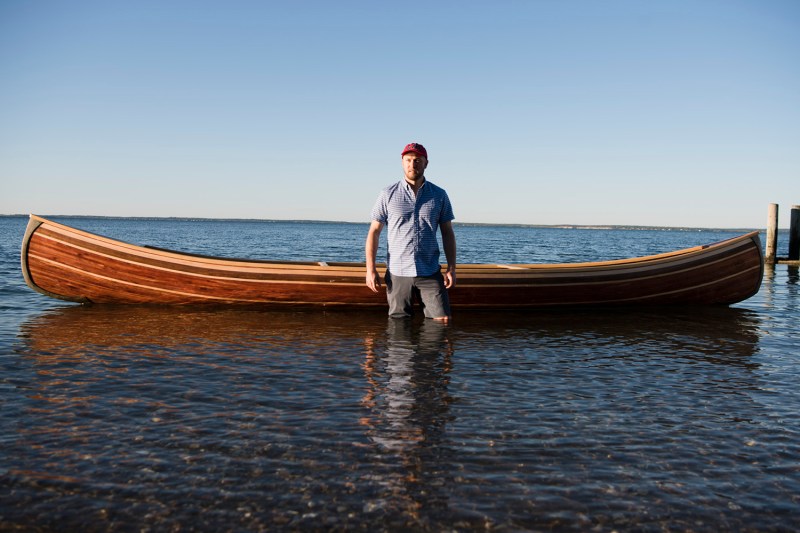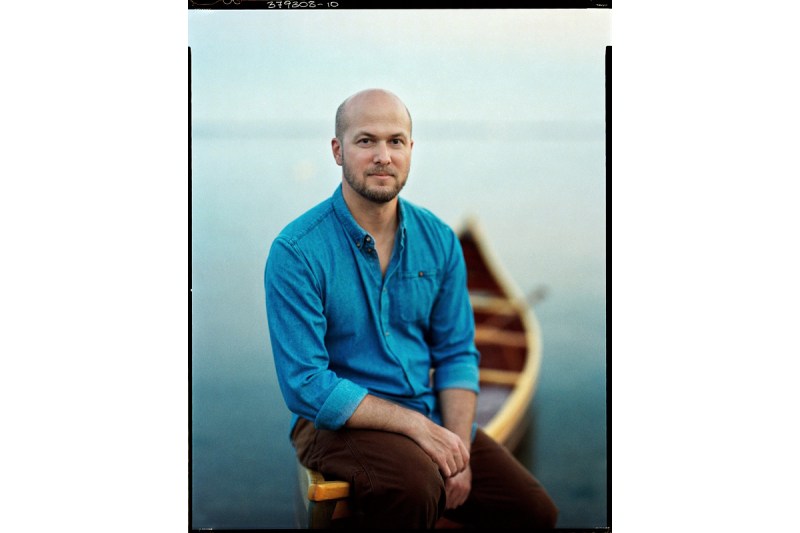
For some men, life’s journey is a logical, straight path. For men like Trent Preszler, the journey is a winding road.
The 44-year-old artisan has lived multiple lives as a winery CEO, luxury canoe maker, and now writer. His string of achievements seem like a far cry from his humble beginnings.
“I was born and raised on a cattle ranch in South Dakota near the Standing Rock Sioux Reservation,” Preszler tells The Manual. “My father was a cattle rancher and professional rodeo star, and I went to a one-room schoolhouse in the middle of nowhere.”
He documents his particular upbringing in his debut memoir, Little and Often
Related Guides
Writing a memoir that has received early praise from the likes of Nick Offerman and Elizabeth Gilbert was yet another thing that Preszler never planned to do but has since done masterfully. In author of Eat, Pray, Love Gilbert’s words, Little and Often “is a beautiful memoir of grief, love, the shattered bond between a father and son, and the resurrection of a broken heart.” While writing something had long been on Preszler’s mind, he had initially planned to write a book about wine. After Newsday produced a short documentary about him and his boat that drew a startling amount of attention, literary agent Adam Chromy reached out to the boatbuilder and soon-to0-be memoirist and asked what Preszler thought about writing a book. Clearly he thought well of the notion.
Setting Out on His Own
His likely path in life pointed to ranching or farming himself, but despite a love for his ancestral home, given the way Preszler’s life played out, staying on the plains was not going to work out. Not only did Preszler seek opportunities simply not available out on the Great Plains, but he happened to be gay, something that was simply not an option in his father’s eyes.
Preszler left South Dakota to attend Iowa State for his undergrad years and, upon graduation, embarked on a career of impressive trajectory. For starters, his first post-undergraduate job was an internship with President Bill Clinton. He then went on to get a Masters Degree and then a Ph.D from Cornell University, studying agricultural economics and viticulture, and since 2002, he has worked for Bedell Cellars in Cutchogue, New York, on the North Fork of Long Island. He served as CEO of the winery since 2010 and in that capacity boasts such accomplishments as creating a merlot that was the exclusive red wine at President Barack Obama’s 2013 inaugural luncheon.

On the East Coast, some 1,650 miles from north central South Dakota, Preszler was out from under the shadows cast by his father, the fundamentalist Lutheran sect in which he grew up, and from the generally conservative attitude of the place. He was free to live his life as he wanted, as a gay man without the need to cover up any of his identity and he was at the top of his game professionally. But as they do for all of us, those shadows tend to stretch out eventually.
For Trent Preszler, it was his father’s death that finally made him confront the parts of his life from which he had almost fully extricated himself. And it was his father’s death that led to him building a wooden canoe, an act that gave him a new lease on life.
Why Trent Preszler Built a Boat
Preszler saw his father not long before he passed in 2014, and during the visit that turned out to be their last, the conversations carried a sentiment not quite of atonement, but that approached something like it. It was the gift that Preszler’s dad singled out for him that would lead the son to a rapprochement after the fact, though. “My inheritance was a toolbox,” he says, “and the various tools my father had set aside for me prior to his death from cancer. The toolbox led to a whole revelation in life for me. It led me to woodworking and craft and to boatbuilding.”
In using those tools to build his first boat, the gift left to him helped Preszler get to know himself and get to know the father from whom he had been all but estranged for some two decades.
But why a wooden canoe?
Living right on the beach as he did, Preszler settled on making a boat. Had he known the immense challenge that would prove to be, likely he would never have attempted it. Fortunately, he did not. Work on the canoe fills many of the pages of Little and Often, enough so that even someone with little interest in reading a personal narrative but lots of interest in boatbuilding should give it a read (and will come out happy they did so on both fronts). The quick takeaway? Building a wooden canoe by hand is hard work, especially when you do it single-handedly.
Preszler’s many months spent working on the wooden canoe built with his dad’s tools resulted in a floating, functional work of art. The boat itself and the story that led to it
The Story Behind Little and Often Is a Story Itself

The book is partly an autobiography, telling much of the story of Preszler’s life, but in true memoir form, it is also a deep reflection on his relationship with his father, a relationship that was frayed for most of the author’s adult life, and on his relationship with place, from the Dakota plains to the stained-glass window-lined great rooms at Cornell to a Long Island vineyard to the waters off the North Shore.
In Little and Often, Preszler relates in calm, steady prose experiences that were often anything but calm and steady, from losing his sister Lucinda who suffered from lifelong disabilities to receiving an ice-cold shoulder from his father when he came out as gay to losing the father to whom he had just begun to reconnect.
You owe it to yourself to read the book rather than to look for a synopsis. That is especially true for anyone attempting to deal with grief, frustration, or inertia in their own lives, for if ever there was a story to motivate self-started redemption, it is Preszler’s. “I hope this book inspires people to go out and find their own canoe,” he says, whatever that “canoe” may actually be. “Whether that’s to take a trip they’ve always wanted to, or finally fix the broken gutters on the house, whatever it means to someone, I think the powerful part of my story is that anyone can take their grief and their processing in their own hands and try to change direction.”
As a boy, Preszler never dreamed of being the CEO of a flourishing winery in New York. As a young man, he had never dreamt of making wooden boats by hand. But today, while still running Bedell Cellars, he is also working away as a bespoke boatbuilder through his very own Preszler Woodshop. And asked whether, if push came to shove, he would stick with wine or woodworking, Preszler thought for a moment, then said: “At this point, I’d stick with the boats … The boats have taken me in a new direction. I certainly never thought it would come to this, that dad’s gift to me would change my life to such a degree, and who knows where this could lead. I certainly can’t claim to predict the future.”
What he can say, is that out of a past with more than its share of sorrow, grief, and solitude came brighter days, days bright enough to shed some glow back on the years lost between father and son.



